Solace for Our Soles
Did the pandemic make our feet remarkably healthy?
The negative impacts of the Covid-19 pandemic may linger long after the virus comes under control. Stress, division, grief and loss of life in historical proportions will leave a deep scar on our social conscious. Paradoxically, the pandemic has also brought unforeseen health benefits for some of those who escaped the worst aspects of the virus: happy, healthy feet. Quarantines, shuttered schools, and work-from-home mandates forced many people to live at a slower pace and revaluate priorities in work and home life. From getting more sleep to exploring healthy diets to finding new ways to exercise at home, spending longer days indoors have led many to explore self-care in a way they never had before. And most unexpectedly, our feet thrived, giving us some healthy soles.
As shoemakers of foot-friendly “barefoot” shoes, we have fascinating daily conversations with customers who are experiencing yet another surprise pandemic health benefit: freedom from confining footwear. Quarantining and working from home means less occasions for high heels and tight, uncomfortable dress shoes. Instead, an increase in time spent wearing only slippers, socks or plain bare feet emerged at levels not seen since childhood. Returning to “normal” shoes has made many aware of the stark contrast of happy versus constricted feet, as well as the impact foot health has on our overall well-being. Many customers tell us they noticed their feet changed during the pandemic. Shoes that previously fit well are now too tight, too short and too painful to wear. Toes are defiant and rebellious, calf muscles are complaining and heels are aching after being forced back into shoes their owners had kicked to the back of the closet a year ago.
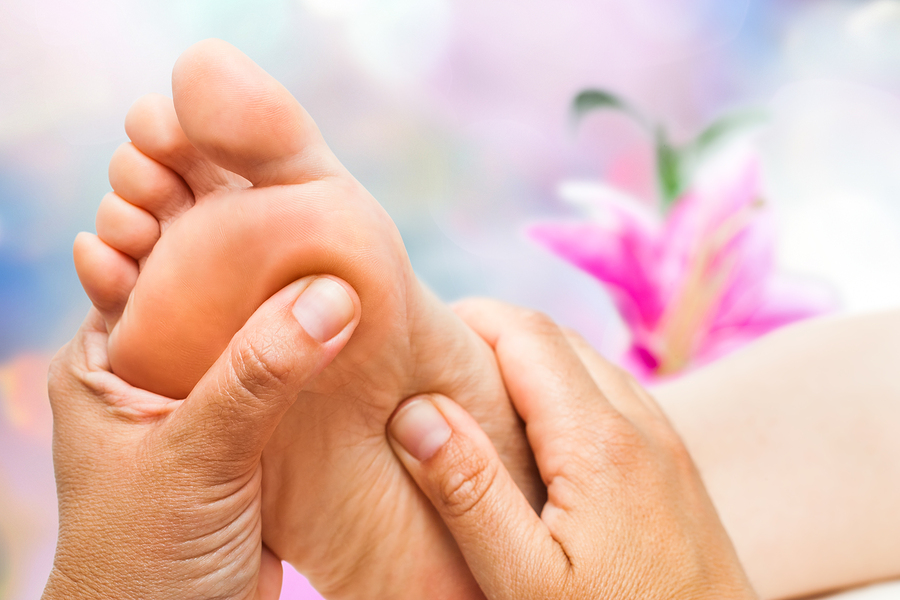
Shoes hold such an important functional and cultural value in our public lives. Many of us have been conditioned to believe that pain is an acceptable side effect of fashionable footwear, but health experts encourage you to listen to what your feet are telling you. Minimal footwear designs provide an easy avenue for you to do exactly this: listen to your body and get feedback from your soles. Millions of people worldwide are challenging the notion that their feet have to return to the painful “foot coffins” of tight, rigid shoes and are searching for more natural, barefoot-like designs that allow their foot muscles to flex freely.
Fortunately, there are many healthy designs to choose from that can blend seamlessly into the hustle-and-bustle return to the workplace. Softstar is but one of many minimal footwear companies focused on designing shoes that mimic the way nature intended your feet to move. Before you lose yourself in the post-pandemic return to normal, consider taking some time to preserve the remarkable improvements your feet have made by investing in a new pair of minimalist shoes.
Choosing Healthy Footwear
Footwear that promotes natural, barefoot function should have these qualities:
- Flexibility. Avoid shoes that force your feet to be held in rigid positions. Instead, look for shoes with pliable soles and upper materials that follow your movement when you bend and flex. Shoes should take the shape of your foot, not the other way around.

- Spacious Toe Boxes. Narrow, pointy toes may be trendy in some circles, but footwear that squeezes your toes together inhibits your natural stride and balance. Your toes should spread easily while moving through your motions. Studies show this may not only improve your balance, but also prevent painful foot deformities like bunions and hammertoes*.
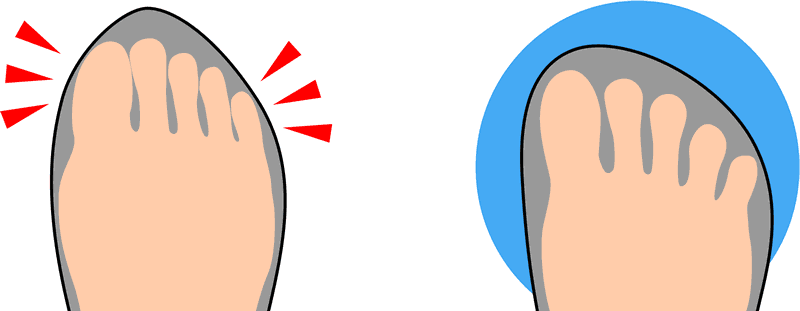
- Zero-Drop Soles. Soles that are zero-drop are the same thickness from toe to heel, meaning they do not get thicker at the heel or at any other part of the shoe. Related to this, truly minimalist shoes have no toe springs (shapes that hold toes in upward positions) and no thick cushioning or arch supports. These supports may seem comfortable at first, but some studies show they act as crutches that actually weaken your arches and related foot muscles over time*.

- Non-Toxic and Breathable. Although this is less related to foot shape, the materials used to make your shoes can also impact your health. Feet can absorb chemicals transdermally (through contact with skin). Adding synthetic toxins to the pressure, friction, warmth and perspiration native to footwear can lead to a gross mess of substances being absorbed through your soles. Avoid footwear that encases your feet in synthetic and potentially chemical laden materials, and look for shoes that are naturally breathable. A well-ventilated shoe may not only reduce the growth of fungus and bacteria, but can also result in better smelling feet.
* Visit this page for a comprehensive list of studies related to natural foot health.
Recommendations
Here are some of our top picks for comfortable and healthy footwear that is suitable for the workplace:
-
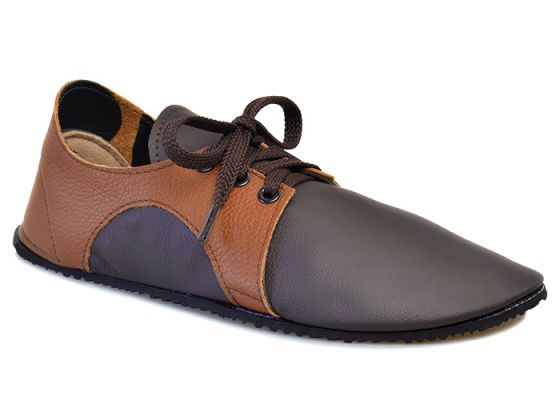
Adult DASH RunAmoc
-
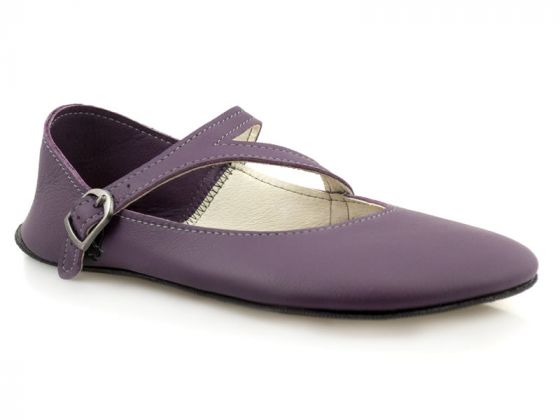
Adult Primal Merry Jane
$180.00 -
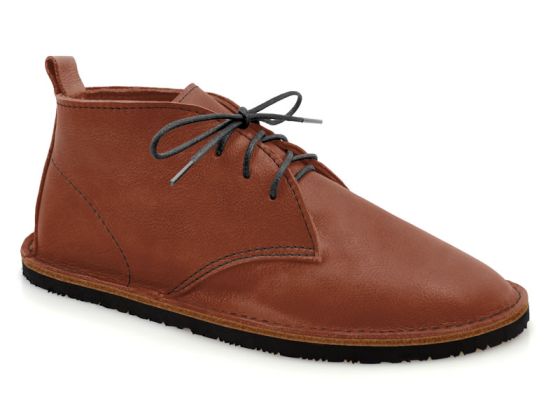 Adult Hawthorne Chukka $200.00
Adult Hawthorne Chukka $200.00 -
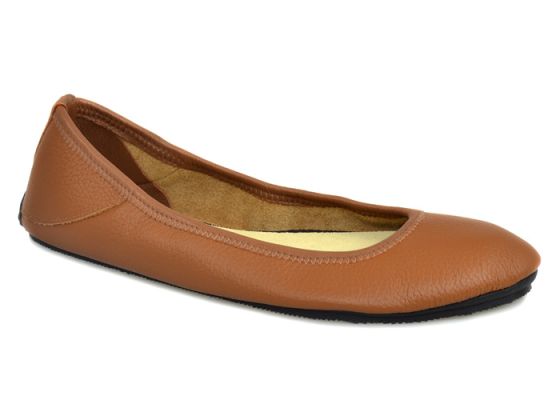
Adult Ballerine Flat
$175.00 -
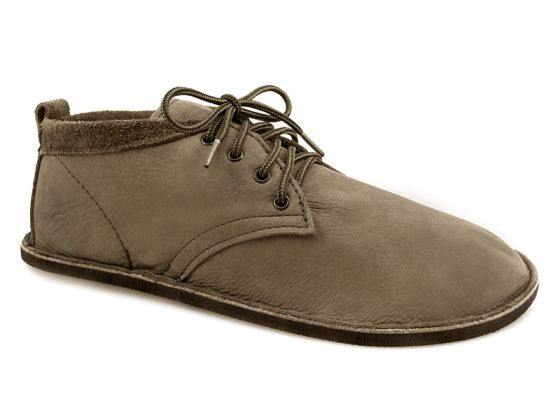 Adult Primal Sawyer $135.00
Adult Primal Sawyer $135.00

Trish has been an entrepreneur, marketer and maker ever since she crushed her first lemonade stand at age five. Growing up in rural Wisconsin, she spent many summers running barefoot with her sisters. These early memories later inspired her to build a brand which embraced the joy and freedom of childhood with the health and science of minimal footwear.
Trish relishes evolving the company to grow stronger and more competitive with each passing year. She is a frequent expert panelist for both e-commerce and entrepreneurship conferences. Trish enjoys spending time with her family, dogs and ducks on their property in Oregon and loves the proximity to both surf and snow. She has a background in Engineering Physics and an MBA from the University of Chicago.

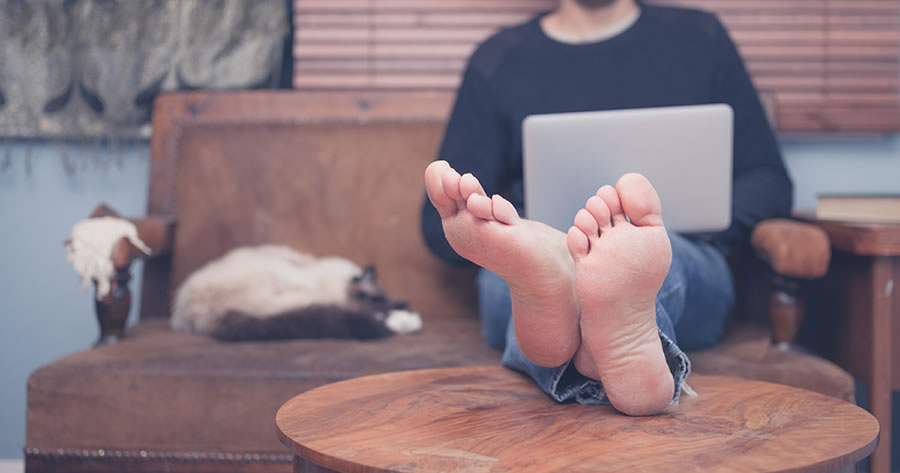


thanks,
donna